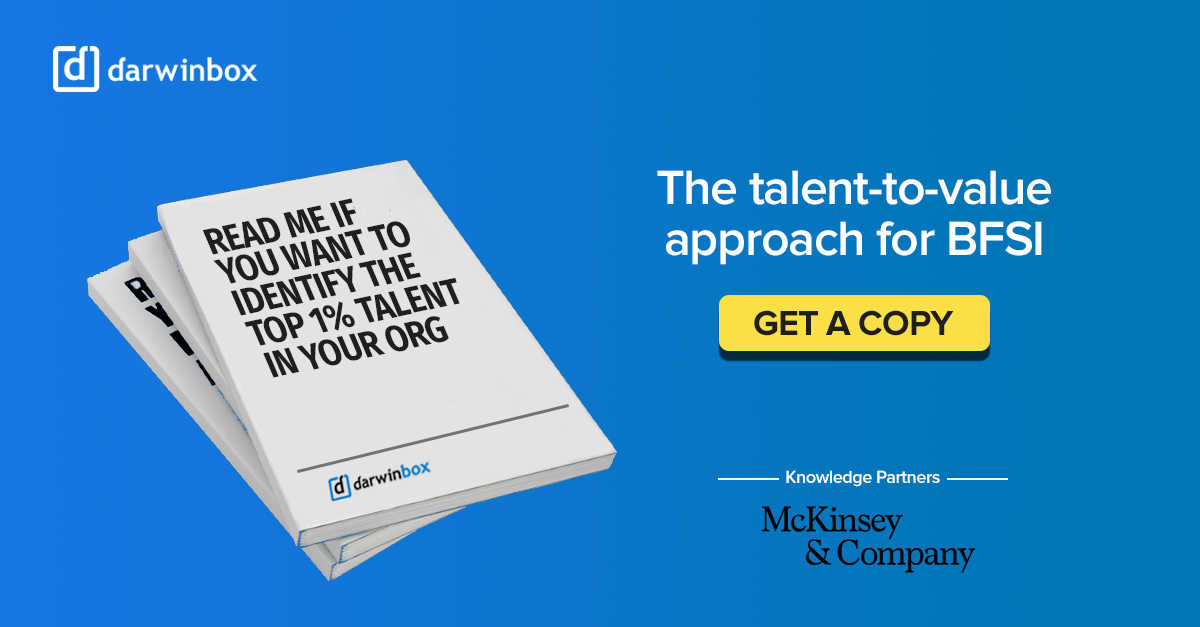
Payroll is a major and important aspect of any business. Every organisation strives to ensure that the payouts happen on time with minimum errors to ensure employee satisfaction. This is one such activity that if not done with maximum efficiency and structured processes can end up being a huge liability/additional expense for an organisation!
Aspects like multiple CTC structures, varied payout dates, payout frequencies and arrears make payroll processing fairly complicated and time consuming. Below is a brief Dos and Don’ts checklist to come handy in saving the precious HR bandwidth to focus on more strategic aspects of business. This will also bring in a lot more efficiency and structure to payroll management.
Classify your employees right:
It is important to categories your employees into buckets like full time employees, contractual workforce and part-time/gig employees. (The terminologies are geography dependent) This classification helps in determining the billing hours calculation, payout frequency and also helps organisations in calculations like TDS. This is an important step as a wrong classification can lead to a failure in adhering to laws like minimum wage applicable to a certain employee type and have legal implications.
Call out the Exceptions:
Every organisation has some components in the CTC structure that might be a deviation from the standard used by the industry. The calculations for such components might be different and not every system will be able to address the need. Organisations need to clearly call out these deviations at a vendor evaluation stage itself to check if the partner has the capabilities to address these elements. Failure to do so is equivalent to setting yourself up for failure. It is also important to have an open mindset to understand if some of these idiosyncrasies can be resolved and de-complicated for the larger benefit. No exception should be adding a major administrative burden.
Don’t Dissolve your Internal Payroll Department entirely:
If an organisation decides to outsource payroll, it is super important for them to understand & acknowledge that dedicated resources to function as the bridge between the organisation and the external partner are absolutely essential. There can never be a stage where an organisation is payroll department free. Trying to achieve such a state will only lead to other critical HR resources bandwidth consumption. It would also cause a lot of errors as there is actually nobody to check the accuracy! Also having someone who thoroughly understands the local laws and regulations is an added bonus and makes the process very seamless.
Minimise Deviation Tolerance:
If the process in place is that all attendance regulations need to be done by 27th of that month then such a policy needs to be strictly imposed. Accepting requests and failing to impose such policies and expectations only adds to the complexity of the process and ends up consuming a lot of time. What might start off a small request will soon have a huge impact and also set a culture that such deviation is acceptable.
Build a well trained and informed team:
As the organisation grows it becomes very critical to onboard a highly skilled workforce who can manage even highly complex payroll processes. It is also very important that they are well informed of all the rules and regulations and constantly keep up with the updates. The team's overall comfort with software in place also is an important success metric.
Live by the Process:
Once the payroll frequencies and pay out dates have been established it is absolutely critical that these timelines are communicated to the partner and regular audits are conducted to check the adherence levels. It is also very important to have a strong SLAs framework in place.
You need a robust payroll management system to ensure maximum efficiency and minimum cost leakage that is also easy to use. The most important step of all is onboarding the right partner to translate the list of Dos and Don’t to a reality!
Simplify your payroll process with Darwinbox’s integrated, accurate, scalable and secure payroll management system. With an option to choose between payroll as a product and as a managed service, you can perform all your payroll related functions in a few simple steps. Get automated inputs, generate statutory reports and analytics, file returns, do salary structure configuration, compliance management and much more without worrying about data leak. With a central locking system, clear audit trails and a highly configurable platform, businesses are leveraging our end-to-end payroll management system for efficiently running one the most critical functions of their organisation.


Speak Your Mind